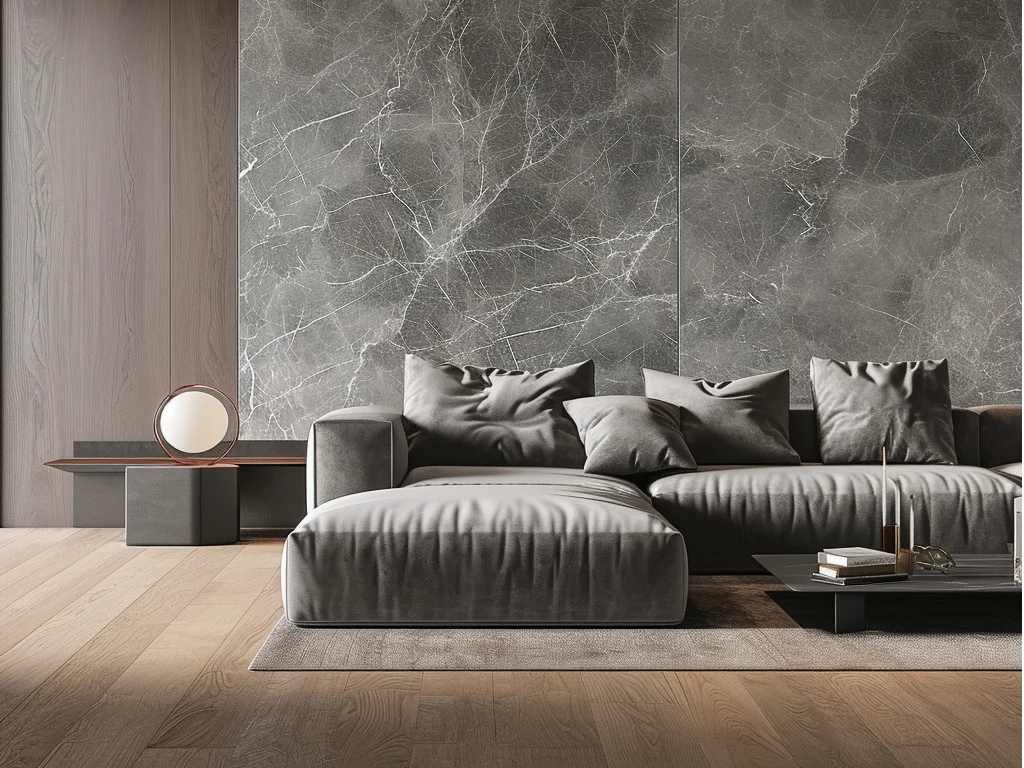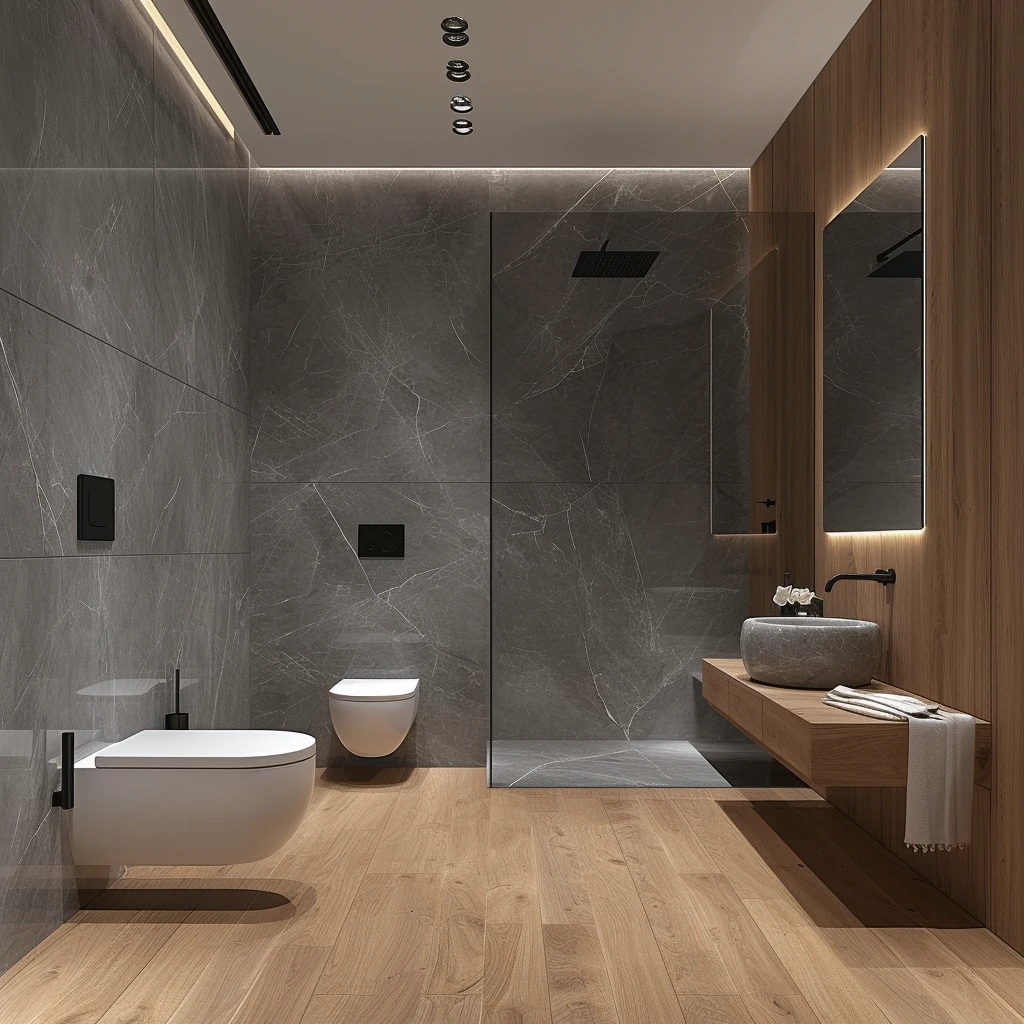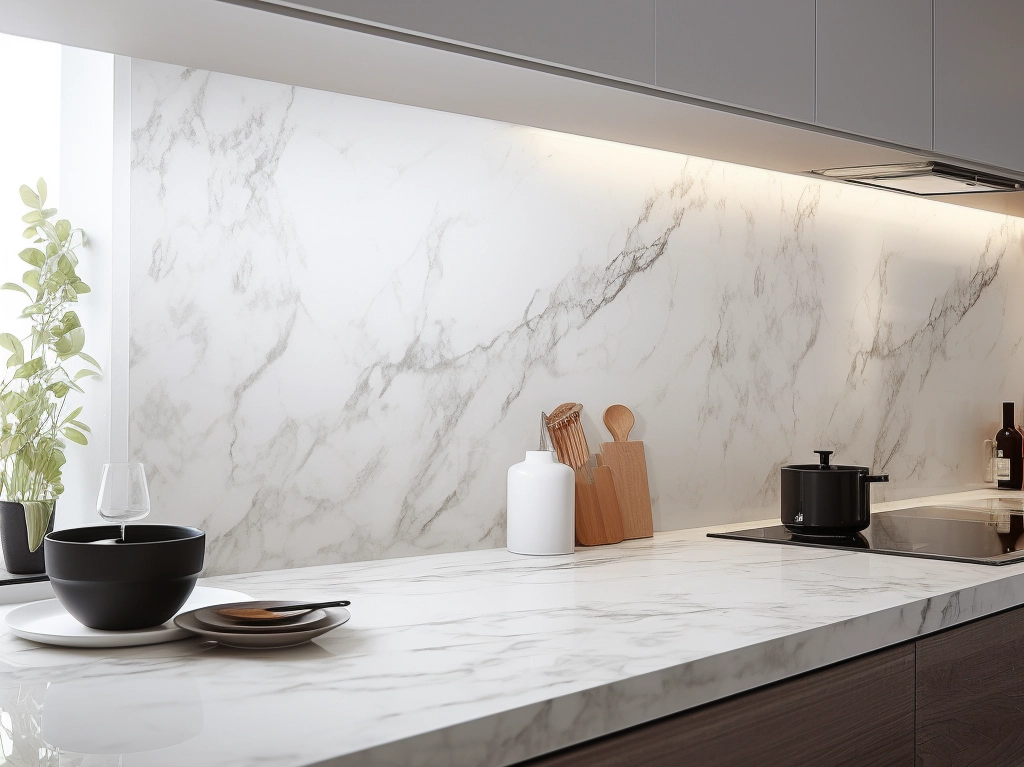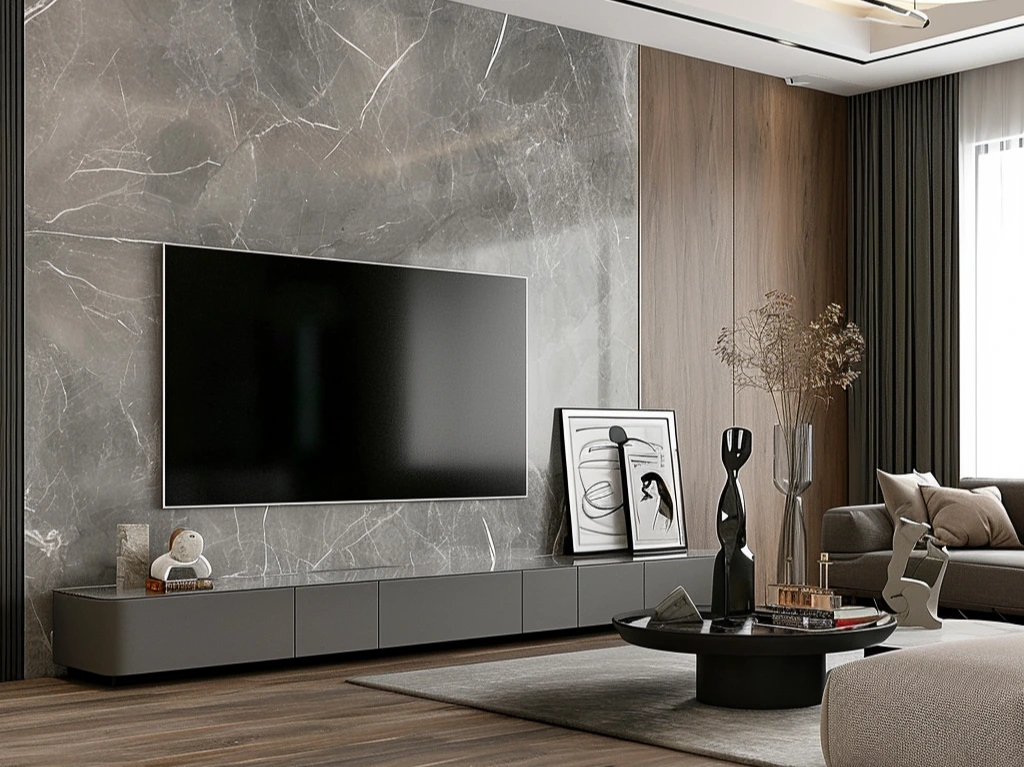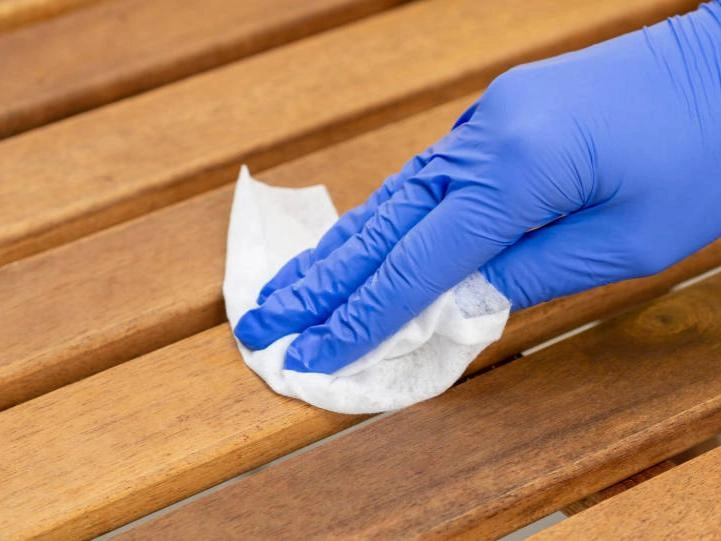Wood-Plastic Composite (WPC) wall panels are a popular choice in modern architecture and interior design. They blend beauty, strength, and eco-friendliness. These materials mix the natural look of wood with the durability of plastics. They provide lasting solutions for indoor and outdoor spaces. WPC combines wood’s best traits with high-density polyethylene (HDPE). This creates profiles that look like fine timber. This article dives into the detailed process of making WPC wall panels. It focuses on blending raw materials and crafting techniques that ensure high quality.
Choosing Base Materials for WPC Wall Panels
WPC’s core includes wood powder or fiber, thermoplastic polymers like HDPE, and special additives. The mix is typically 30% HDPE, 60% wood fiber, and 10% additives. Choosing these materials affects strength, appearance, resistance to wear, and environmental impact.
Latitude’s WPC wall panels use top-quality inputs like SG-8 resin. This resin flows better during foaming than SG-5 resin. It also hardens more after molding.
Role of Wood Powder in the Mix
Wood powder is a key structural part of WPC service. It gives a natural texture and boosts strength. Latitude uses sandalwood powder with a mesh size of 80–120. This creates a smooth surface and appealing look. Sandalwood powder is finer than cane or husk fiber. It improves the product’s appearance and releases a woody scent when burned. Proper mixing ensures even spread in the material. This prevents clumping or weak bonds.
Selecting and Mixing Thermoplastic Polymers
Thermoplastics bind wood fibers during extrusion. HDPE is often used for its weather resistance and flexibility. The polymer must work well with other components. It also needs to handle processing conditions.
Latitude uses pure PVC resin to boost durability. Made with top-grade virgin materials, the product resists weather and aging better than industry standards. This ensures long life, even in harsh conditions.
Why Additives Matter
Additives shape the physical traits of WPC panels. These include stabilizers, lubricants, colorants, foaming agents, and flame retardants.
Calcium-zinc stabilizers are eco-friendly. They offer good heat stability. Unlike toxic lead-based options, they are safer for homes.
For consistent color under UV light, Latitude uses yellow inorganic pigment powders. These resist weather, migration, high heat, and fading.
Lubricants like PE wax improve flow during extrusion. They also make surfaces smoother. PE wax helps with easy molding and reduces warping later.
Controlling Moisture in Raw Materials
Moisture control is vital before mixing. Water can cause voids or foam collapse during extrusion. Wood powder must be dried well to avoid hydrolysis or steam in the extruder.
Good drying methods keep viscosity steady during processing. They also ensure the product stays stable after extrusion.
Granulation Before Extrusion
Granulation turns raw materials into uniform pellets or granules. This happens before feeding them into extruders. It ensures steady material flow during production.
Granulated blends allow better control over material ratios. They also reduce issues with loose powders or flakes separating.
Optimizing Mixing Time and Temperature
Mixing time and temperature affect bonding between polymers and wood fillers. Too much heat can damage thermoplastics. Too little heat may lead to poor mixing.
Latitude uses advanced co-extrusion lines with optimized settings. These ensure heat stability across all layers. Co-extruded WPC is made by extruding materials together at very high temperatures.
How Particle Size Affects Quality
Particle size impacts surface finish, strength, and load-bearing ability. Fine powders, like 80–120 mesh, improve density and reduce porosity.
The white color and fine particles work well with additives. This improves toughness and foam structure during processing.
Surface Treatments and Their Uses
Surface treatments improve bonding between layers or coatings applied after extrusion. Options include sanding, embossing, or chemical priming, based on the product’s purpose.
Latitude offers treatments like deep embossing or light sanding. These enhance anti-slip properties and mimic real wood textures. The panels are anti-slip, low-maintenance, and capture wood’s charm without its flaws.
Ensuring Even Mixing in Large-Scale Production
Even mixing ensures consistent performance across batches. High-shear mixers and twin-screw extruders blend materials thoroughly at scale. This prevents separation.
Latitude’s advanced slotting equipment achieves accuracy within ±0.2mm. This ensures precise interlocking panel systems for modular setups.
Latitude’s quality starts with raw material selection. We use only pure PVC resins, sandalwood powders, and light calcium carbonate fillers. Quality continues through granulation, extrusion, surface finishing, and packaging. Latitude is a leading OEM for WPC wall panels in China. Our production base covers over 430,000 square feet.
Our fluted wall panel collection offers thicknesses from 9mm to 24mm. These suit homes, offices, or commercial facades. With excellent weather resistance, their wide range of profiles in various colors is a natural-looking alternative to wood for outdoor use. Latitude’s WPC wall panels are perfect for professionals seeking reliable materials. The company has a strong R&D lab and holds several national invention patents.
FAQ
Q: What goes into making WPC wall panels?
A: WPC panels are usually made up of 60% wood fiber, 30% HDPE plastic, and 10% extra stuff. The wood powder gives a natural texture. HDPE serves as the binder. Additives include things such as stabilizers, colorants, and lubricants. These help improve quality.
Q: Why is wood powder key in WPC panels?
A: Wood powder adds natural looks and strength. It makes the surface look and feel like real wood. For example, fine sandalwood powder (80–120 mesh) gives a smooth finish. It also makes a nice woody smell when burned.
Q: What job do thermoplastics do in WPC production?
A: Thermoplastics, like HDPE or PVC, bind the wood fibers during extrusion. They make panels bendable and weather-proof. Choosing the right plastic matters. It makes sure panels hold up during making and later use outside.

